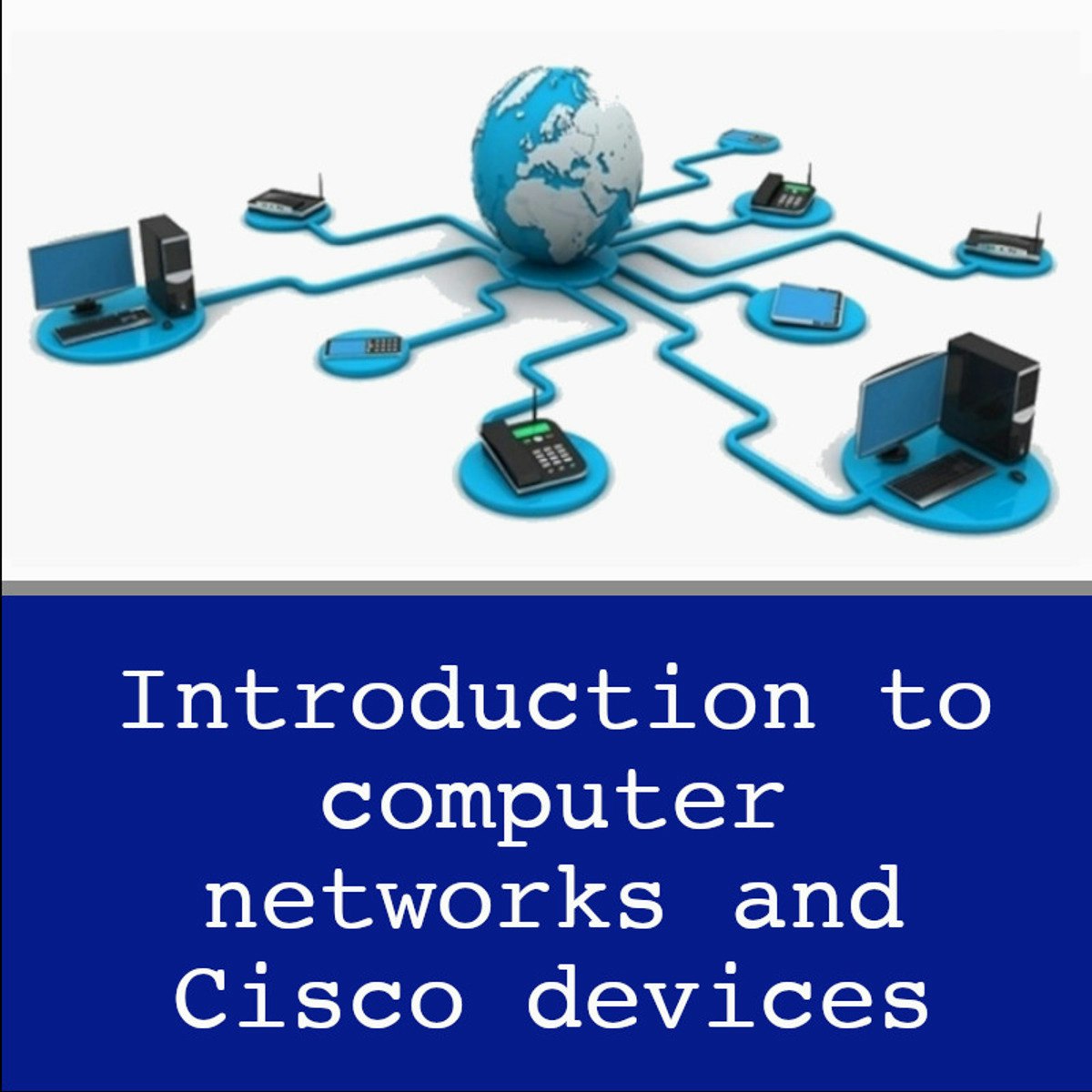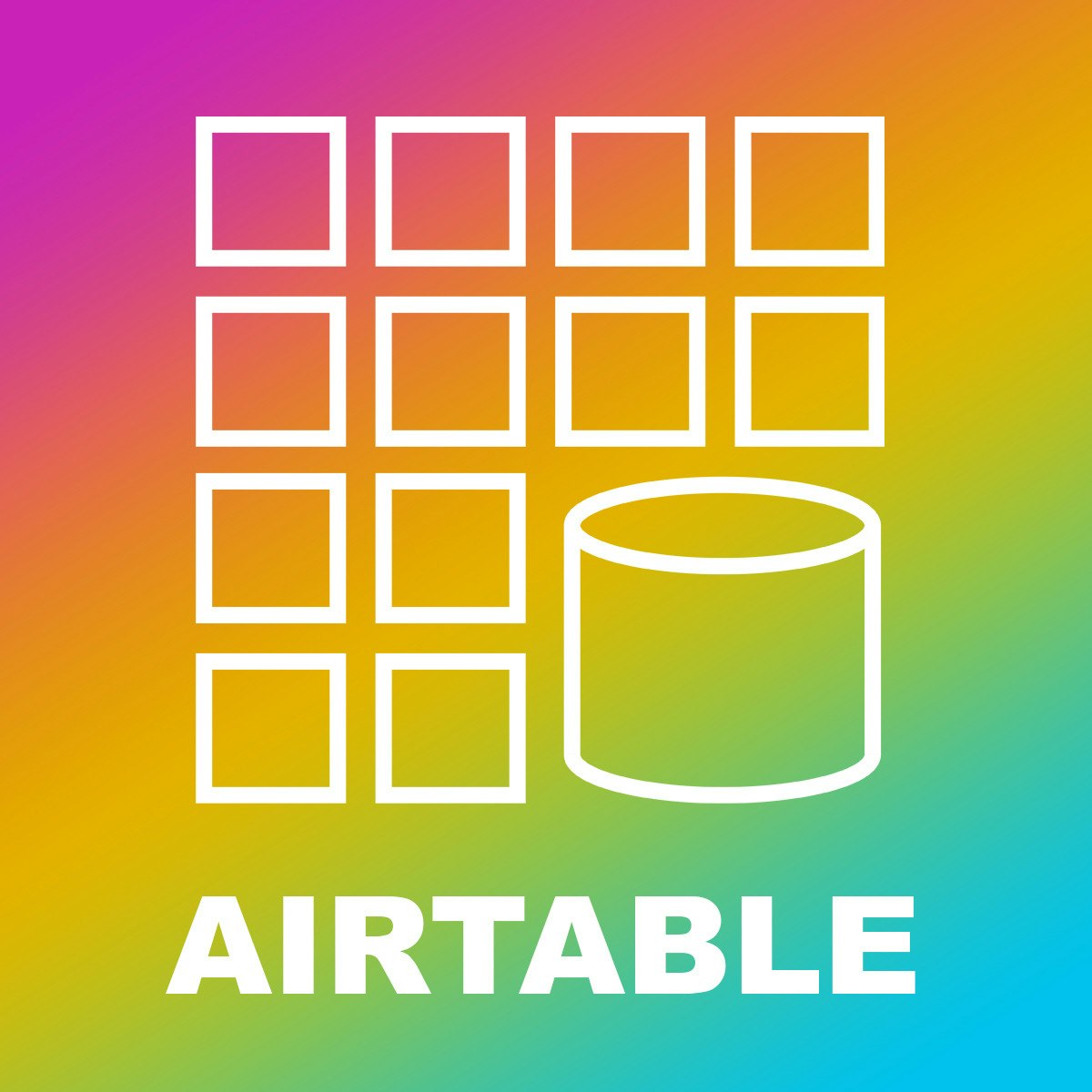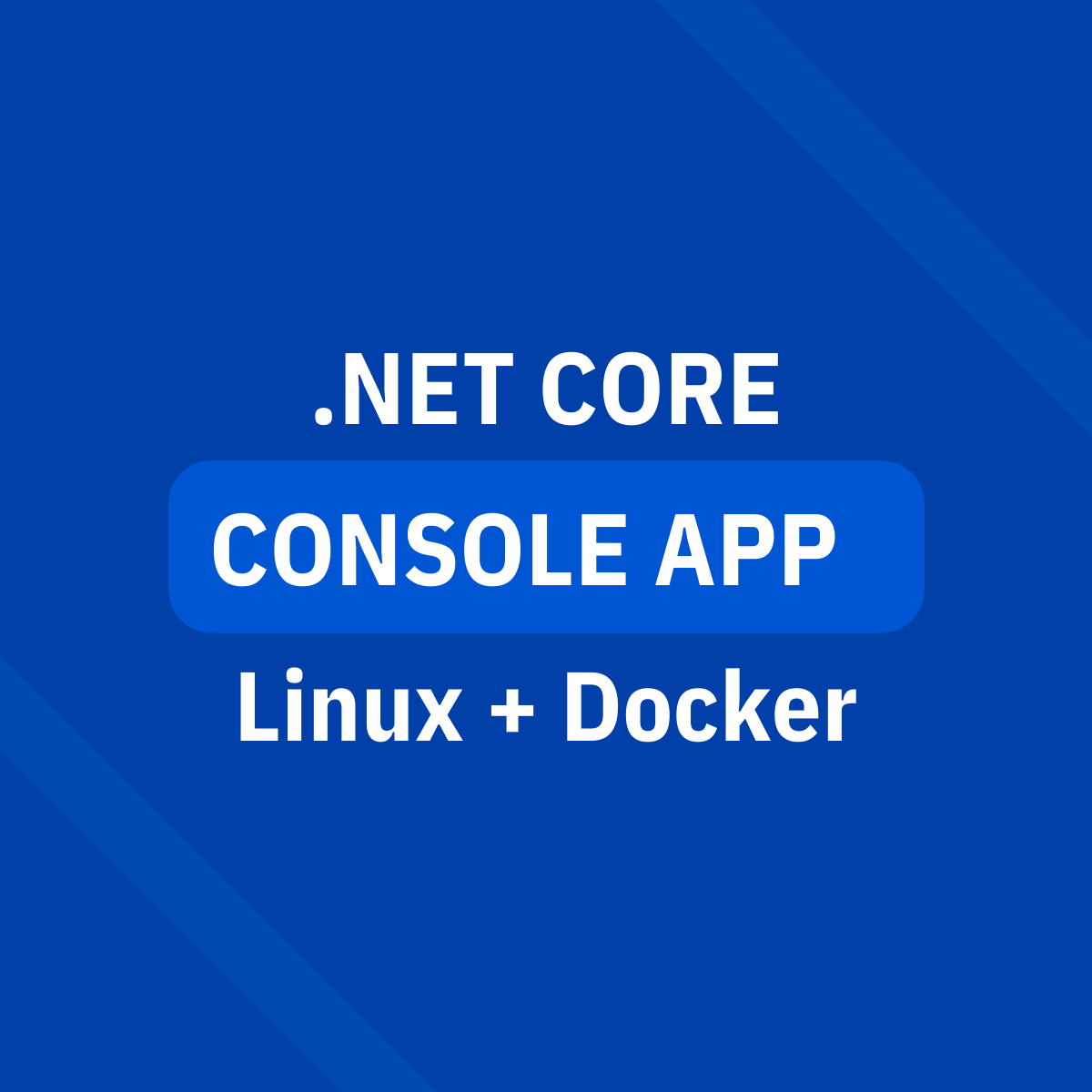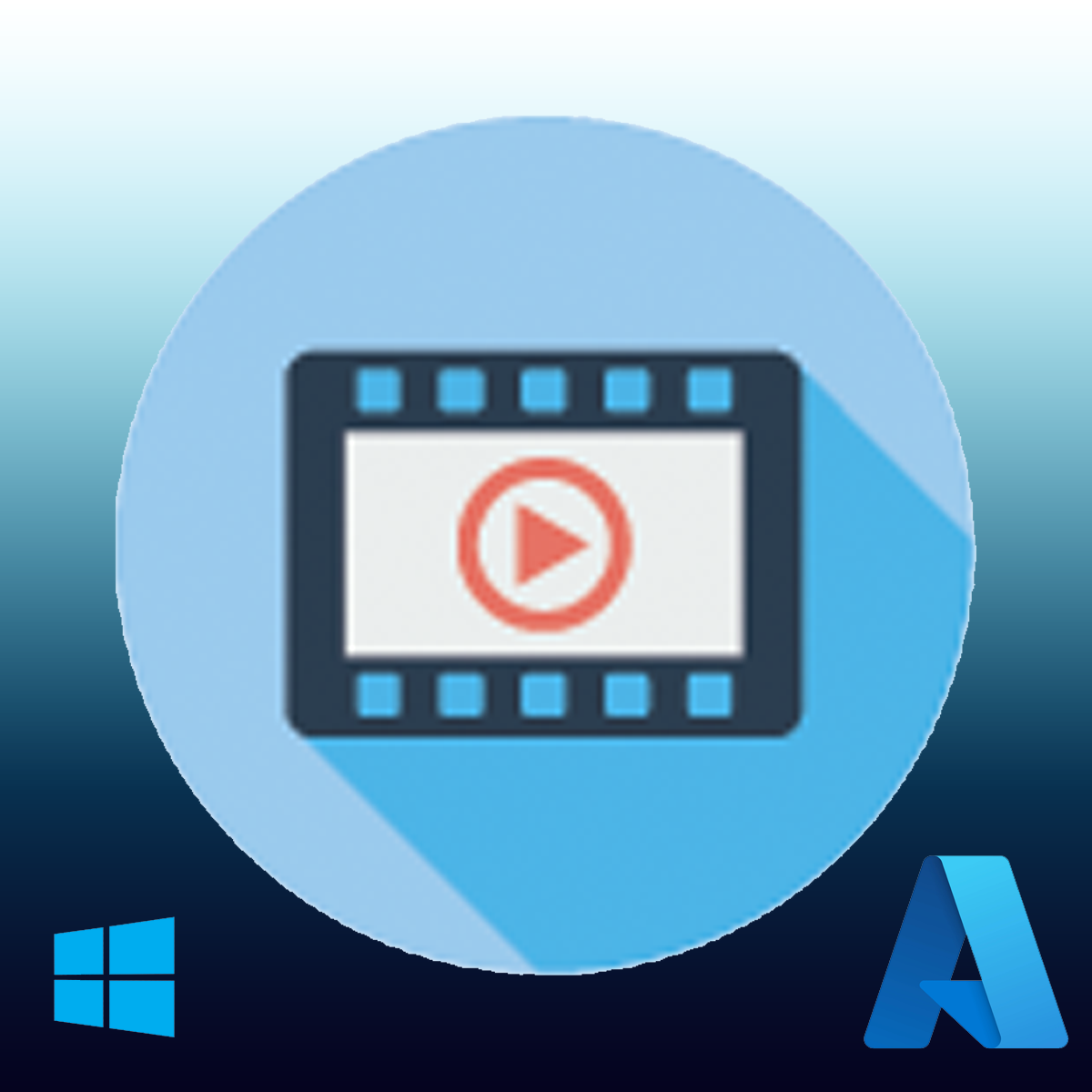Back to Courses









Information Technology Courses - Page 69
Showing results 681-690 of 1471

Migrating a Monolithic Website to Microservices on Google Kubernetes Engine
This is a self-paced lab that takes place in the Google Cloud console.
In this lab you will deploy a monolithic application to a Google Kubernetes Engine cluster, then break it down into microservices.

Introduction to Networks and Cisco Devices
In this 2-hours guided project, you will identify different components such as end devices, intermediary devices, and connection media and simulate network topologies in the Packet Tracer, manage Cisco network devices using telnet, SSH, and Console connections, and secure access to Cisco devices using passwords and password encryption services.
By the end of this project, you will be able to use the Packet Tracer to create network topologies that are like the one you’re seeing on the screen, connect to network devices using telnet, SSH, and Console, and manage basic security settings on Cisco devices.
This project is one of a kind because it teaches foundational computer network skills to learners from a variety of experience levels using entirely simulated experience. In this project, learners will acquire what they need in simulation environments as if they were working on real devices.

Create a Project Tracker with Airtable
Airtable is a cloud collaboration service that combines the features of databases and spreadsheets. In this 1.5 hour guided project, you will learn the basics of relational database and get up to speed with Airtable and create a project tracker. No prior experience is required. Although experience with spreadsheets is helpful. A free account with Airtable is required. Signing up before starting the class is recommended.

IBM Cybersecurity Analyst Assessment
A growing number of exciting, well-paying jobs in today’s security industry do not require a college degree. This is the final course required to assess your acquired knowledge and skills from from the previous two specializations, IT Fundamentals of Cybersecurity and Security Analyst Fundamentals, to become job-ready for a cybersecurity analyst role.
You will be expected to pass a final assessment quiz for each of the seven (7) prior courses within the IBM Cybersecurity Analyst Professional Certificate.
Upon successful completion of the quizzes, you will acquire the IBM Cybersecurity Analyst Professional Certificate.

Create and run a .NET Core console app in Linux using docker
This Guided Project "Create and run a .NET Core console app in Linux using docker" is an intermediate level project that is suitable for anyone interested in application development.
In this 1-hour long project-based course, you will recognize the advantages of creating console applications, analyze the structure of a console application, identify the differences between CLI and GUI, create a .NET Core console application in Ubuntu (most popular and widely-used Linux distribution), create and configure a Dockerfile for .NET, generate a docker image and run the application locally inside a docker container.
To achieve this, we will start by recognizing the meaning and structure of console applications and the advantages of creating one, followed by developing a .NET Core console application using the CLI, generating a docker image for the application and running it inside a docker container.
This project is unique because it will prepare you to create applications that require little to no front-end designing skills but focuses strictly on functionality by utilizing the CLI and sharing lightweight prototypes with others that run on various operating systems such as Windows, Linux and MacOS.
In order to be successful in this project, you should be familiar with object-oriented programming concepts. Having experience of working in a Linux environment along with a basic knowledge of C# will be a plus.
Let's get started!

PowerBI Report Development Crash Course
Hello,
In this project, we will see in detail the steps required to create a PowerBI report using PowerBI Desktop and also we will publish this report on PowerBI service in the respective workspace.
This project is designed for beginners who have no idea about PowerBI so they can quickly get a glimpse of how to create a report in PowerBI.
Pre-requisites:
- PowerBI Account
Here is a brief description of the tasks we are going to perform in this project:
Task1: Get Data
In this task we will first see an overview of PowerBI Desktop and then using PowerBI Desktop we will connect to the source data using the Get Data option. At the end of this task we would have imported all the source data in PowerBI Desktop
Task2: Create Relationship & Calculated Columns
In this task, we will create relationships between different source tables imported in PowerBI. In this process of creating relationship, we will also see how to created a calculated column using DAX query language.
Task3: Customize field level properties
In this task, we will explore and customize different field level properties like datatype, summarization, hidden etc.
Task4: Create visualizations in report
In this task, we will see how to create different visualizations in the report. We will also see how to add filters or slicers. We will explore visualizations like line chart, pie chart, table etc.
Task5: Publish report to PowerBI service
In all previous tasks, we have developed the report in PowerBI Desktop which is the local application installed on our desktop. In this task, we will see how to publish the task in power bi service.
All The Best !!

Deploy a Video Indexer Application using Azure Video Analyze
In this one-hour project, you will understand how Azure Video Analyzer works for video analysis and what information is generated for video indexing. You will learn how to deploy a simple Web Application that uses the Azure Video Analyzer SDK to upload and index videos to detect faces, labels in scenes, identify celebrities, and more.
Azure Video Analyzer is one of the most popular Artificial Intelligence services in the Azure ecosystem and is favored to analyze images and videos with confidence and low costs.
Once you're done with this project, you will be able to use Azure Video Analyzer to analyze and index your videos in just a few steps.

SQL Date Time Functions
Welcome to this project-based course, SQL Date Time Functions. In this project, you will learn how to use SQL Date Time Functions to manipulate tables with data datatypes in a database.
By the end of this 2-and-a-half-hour-long project, you will be able to use different Date Time Functions to retrieve the desired result from a database. In this project, you will learn how to use SQL Date Time Functions like CURRENT_DATE, CURRENT_TIME, CURRENT_TIMESTAMP, AGE, EXTRACT, TO_CHAR, TO_DATE to manipulate date-like data in the employees table. In this project, we will move systematically by first introducing the functions using a simple example. Then, we will write more complex queries using the Date Time Functions in real-life applications. Also, you will learn how to convert a date to a string and vice versa.
Also, for this hands-on project, we will use PostgreSQL as our preferred database management system (DBMS). Therefore, to complete this project, it is required that you have prior experience with using PostgreSQL. Similarly, this project is an advanced SQL concept; so, a good foundation for writing SQL queries is vital to complete this project.
If you are not familiar with writing queries in SQL and SQL joins and want to learn these concepts, start with my previous guided projects titled “Querying Databases using SQL SELECT statement," “Performing Data Aggregation using SQL Aggregate Functions,” and “Mastering SQL Joins.” I taught these guided projects using PostgreSQL. So, taking these projects will give the needed requisite to complete this SQL Date Time Functions project. However, if you are comfortable writing queries in PostgreSQL, please join me on this wonderful ride! Let’s get our hands dirty!

Prepare for AZ-204: Developing Solutions for Microsoft Azure
Microsoft certifications give you a professional advantage by providing globally recognized and industry-endorsed evidence of mastering skills in digital and cloud businesses. In this course, you will prepare to take the Exam AZ-204: Developing Solutions for Microsoft Azure.
In this course, you will refresh your knowledge of hall phases of cloud development from requirements, definition, and design; to development, deployment, and maintenance; to performance tuning and monitoring. You will test your knowledge in a practice exam mapped to all the main topics covered in the AZ-204 exam, ensuring you’re well prepared for certification success. Y
You will also get a more detailed overview of the Microsoft certification program and where you can go next in your career. You’ll also get tips and tricks, testing strategies, useful resources, and information on how to sign up for the AZ-204 proctored exam. By the end of this course, you will be ready to sign-up for and take the certification exam.
This is the last course in a program of eight courses to help prepare you to take the exam so that you can have expertise in designing and implementing data solutions that use Microsoft Azure data services. The Developing Solutions for Microsoft Azure exam is an opportunity to prove knowledge expertise in designing, building, testing, and maintaining cloud applications and services on Microsoft Azure. Each course teaches you the concepts and skills that are measured by the exam.

Identifying and Resolving Application Latency for Site Reliability Engineers
This is a self-paced lab that takes place in the Google Cloud console. In this lab, you will learn how to use the Cloud Operations Tracing and Profiler tools to diagnose and correct application latencies.
Site Reliability Engineers (SRE) have a broad set of responsibilities, of which, managing incidents is a critical part of their role. In this lab, you will learn how to take advantage of the integrated capabilities of Google Cloud's operations suite to observe latency of applications deployed and set Service Level Indicators and Objectives to resolve such latencies.
Popular Internships and Jobs by Categories
Browse
© 2024 BoostGrad | All rights reserved


